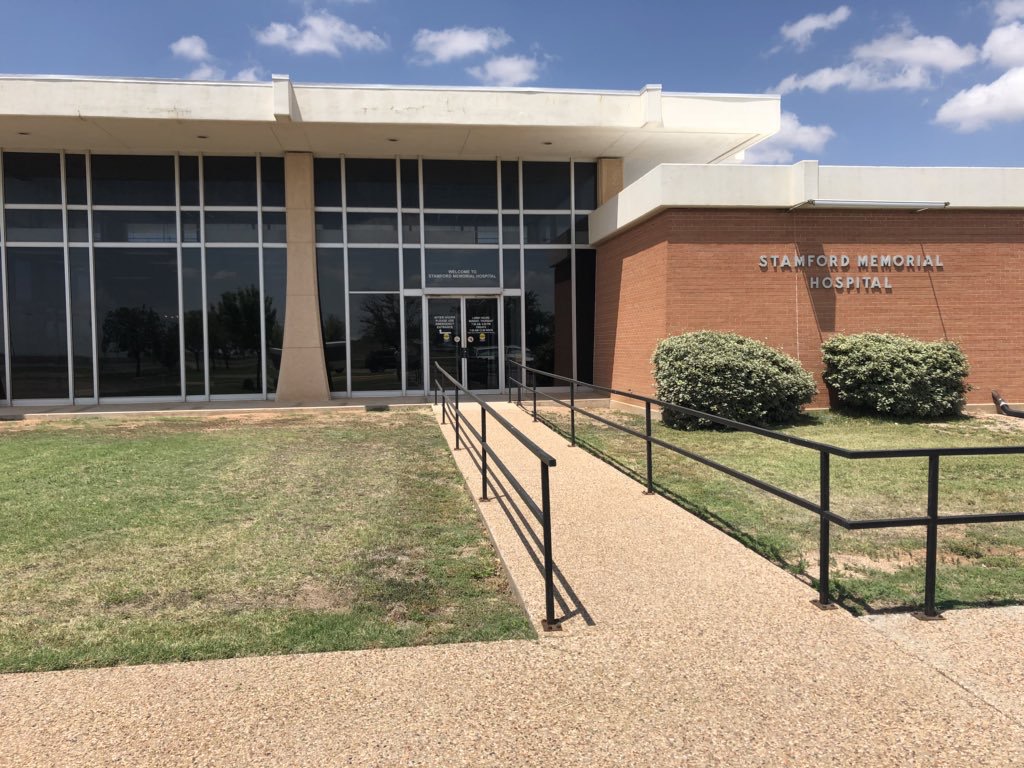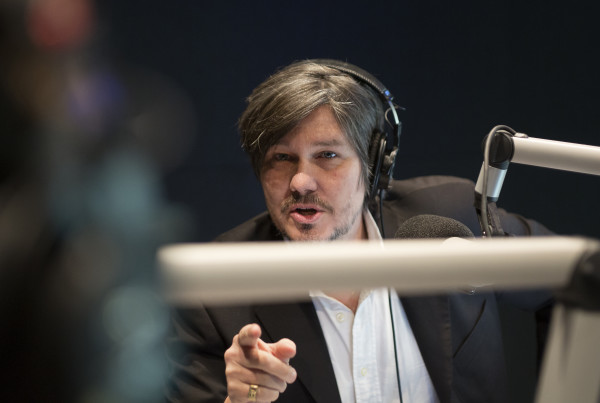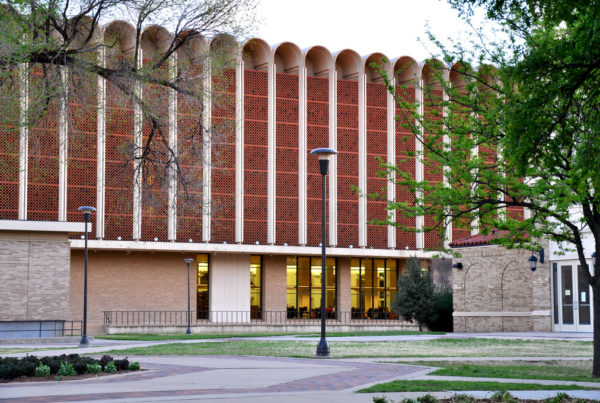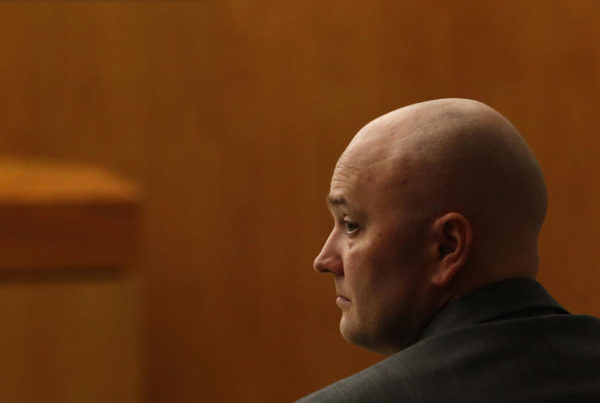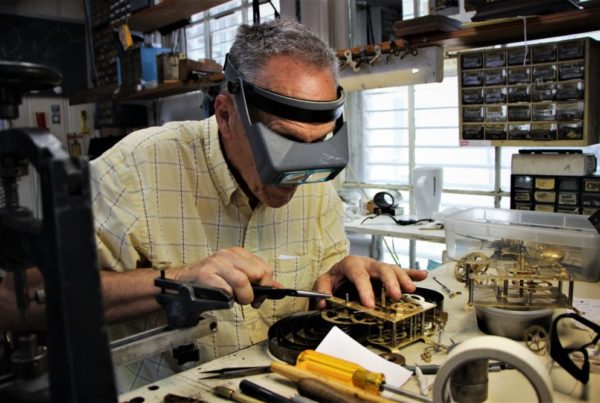The system of small hospitals that provides emergency and other health care to millions of rural Texans is in trouble. As many as 18 rural hospitals in Texas have closed since 2013, and many more may be on the verge. These closures can devastate local economies and leave some of the most vulnerable Texans with few health care options.
John Henderson heads the Texas Organization of Rural and Community Hospitals, or TORCH. In late June, he told state lawmakers about a hospital system in crisis.
“We’re actually number one in a category you don’t want to lead and have more than twice as many closures as the number two state, Tennessee, has had, eight in the same time frame,” Henderson said.
Henderson said that apart from the 18 recent hospital closures in Texas, he knows of three where closure is imminent, three in the process of declaring bankruptcy and up to 20 more with highly vulnerable financial situations.
“Every effort should be made by local, state and federal leaders to keep rural hospitals open. Because once it closes, irrevocable health and harm and economic damages hit the community,” he said.
For Henderson, saving rural hospitals is personal. Before heading TORCH, he spent 16 years as CEO of Childress Regional Medical Center, a rural hospital in the Texas Panhandle. Henderson also grew up in Childress –which sits about halfway between Amarillo and Wichita Falls. His father has practiced medicine there since the 1970s and his own family has received care there – including his brother who was injured in a hunting accident.
“We went bird hunting about 30 miles from town at a friend’s place,” Henderson says. “And my youngest brother asked my middle brother if he could see the gun and didn’t realize it wasn’t on safety and he shot accidently into his left ankle. And so we had a pretty traumatic accident when we were together as a family. And I remember my Dad trying to care for him and a friend speeding us to the hospital.”
Federal legislation, known as the Hill-Burton Act, helped build many rural hospitals across the country after World War II. Since then, these hospitals have been a safety net for rural populations and have at times received federal support. The Critical Access Hospital program shored up many hospitals after a spate of closures in the 1980s. But despite such support, TORCH reports just 162 of more than 300 rural Texas hospitals remain.
While some hospitals have closed under a cloud of mismanagement, even fraud, experts say rural hospitals are in trouble in large part because of demographic realities. Rural communities are generally older, poorer and sicker than their urban or suburban counterparts. As a result, rural hospitals tend to have high rates of uninsured patients or those who rely on Medicare or Medicaid – programs which often pay less than the full cost of services.
Rural hospitals also face challenges in adapting to the way health care is delivered in the 21st century. They typically don’t have the state-of-the art equipment, specialty doctors and other services many expect. As a result, wealthier residents tend to travel to larger cities even for routine healthcare and spend their healthcare dollars elsewhere, too.
Recent congressional decisions are also hurting these institutions. That’s according to Maggie Elehwany with the National Rural Health Association.
“The reason why hospitals are closing at such a rapid rate is they really are subsidizing the cost of care that they’re providing,” Elehwany says. “They are no longer getting fair reimbursement rates both in the private sector and significantly through the public sector, through the Medicare program, and Medicaid.”
Elehwany says Obamacare has also unintentionally hurt rural hospitals. That’s because it created plans with high deductibles many patients couldn’t pay. That’s hit rural hospitals especially hard. Elehwany says bad debt has risen by 50 percent among these hospitals since the law went into effect.
“What we are seeing are 44 percent of rural hospitals actually operating at a financial loss,” Elehwany says. “That number is up from 40 percent just a year ago. So the situation is getting worse, not better.”
What’s more, the impact of closures often does not stop at the hospital walls.
“When a hospital closes, the doctors leave,” she says. “The nurses leave. The pharmacists in the communities leave. What we are seeing are these healthcare deserts forming across the country.”
Dr. Nancy Dickey is the former American Medical Association president and executive director of a group that supports and studies rural and community hospitals in Texas. In 2017, her group looked at hospitals that had recently closed and found that, in most cases, another one was located within a 25-mile-radius. But Dickey says it’s not clear whether that’s close enough to ensure good emergency care. Because that can depend on roads, driving conditions, and a patient’s condition. Dickey says that time is of the essence not just in treating car crash victims and other traumatic injuries, but also heart attacks and strokes.
“You’ve got to identify the problem, you’ve got to get to the healthcare and you may have burned your first hour or two just getting to a site of care, leaving no time for intervention,” Dickey says.
But the deepest impact of closures may be on those who can’t get to another city for routine services because they don’t have the means.
“We find that patients often put off care until it has become an urgency or an emergency,” Dickey says. “They don’t get care for their hypertension, so ultimately they end up with a stroke and we end up providing care for someone with a chronic disability. They don’t get their preventive mammograms and pap smears, so we don’t find the cancer at a curable stage.”
These realities are leading Dickey to urge communities to think differently about the health needs of a whole community.
“The question for communities should perhaps be a broader question than ‘Can we keep our hospital open?’ Perhaps it should be, ‘How do we maintain access to appropriate levels of care for the population we serve?’” she says.
Her team is working with the Episcopal Health Foundation to identify tools and resources that may help rural hospitals better use technology, collaborate and otherwise adapt.
While advocates like TORCH’s John Henderson agree innovation and change may be the future – they first and foremost want to see state and federal lawmakers do what they can to keep surviving hospitals afloat.
“Innovation requires investment. And a lot of these vulnerable rural communities are struggling to make payroll,” Henderson says. “So how do you buy equipment and update your facility and innovate if you don’t have the resources to do that?”
At the Capitol in June, Henderson asked state lawmakers to address the Medicaid underpayments he said are at the heart of Texas’ rural hospital closure crisis.
“Best estimates are that rural hospitals are paid about $65 million dollars less than their costs on an annual basis,” he said.
Meanwhile, at least three bills have been crafted in Washington that could provide more options to help rural hospitals hang on. For instance, by allowing them to offer fewer services and still receive reimbursements as hospitals. All three are pending in committees, with no sign of when Congress may act.
Support for Texas Standard’s ”Spotlight on Health” project is provided by St. David’s Foundation.


